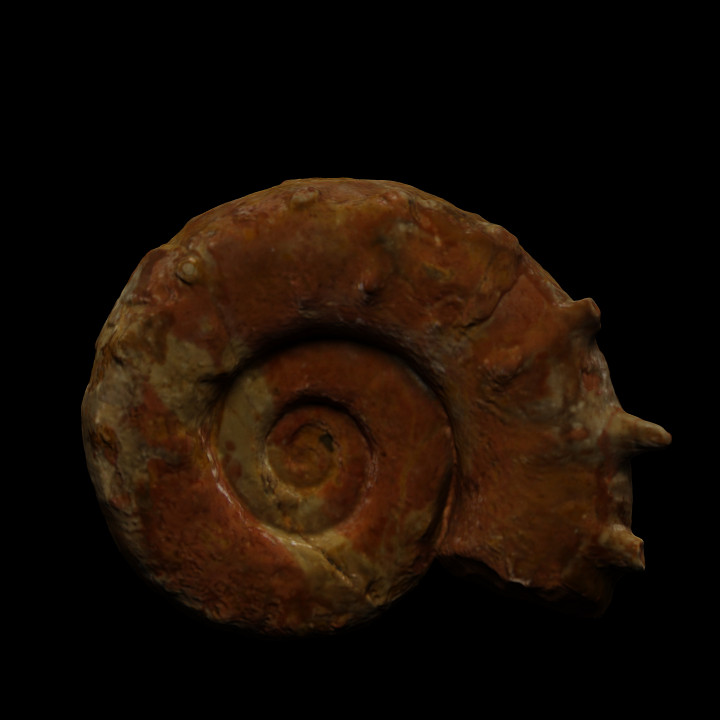
Ammonite fossil
myminifactory
Now extinct, the ammonite mollusk was a shelled cephalopod, usually in the shape of a spiral. The shell alone is called Ammolite while the entire fossil is the Ammonite stone. The extinction of these cephalopods coincided with the extinction of the dinosaurs. These shells inhabited the world's oceans and now appear as fossils in marine rocks. Due to their rapid evolution and wide distribution, these fossils provide a useful tool for indexing and dating rocks. It is said that the original disc used by the ancient Greeks in their Olympics was actually one of these fossilized ammonite shells. Such fossils are formed when ammonium (the mollusks inside the shell) have died and their shells have become embedded in sand or silt. The shell has been protected over time from damage due to the formation layers. As the layers formed and created pressure on the shell, the mineral-rich water would seep into the chambers and eventually crystallize into the rock and the fossil we find today. This ammonite fossil was found close to the dolomites in the Trentino area. MUSE - ammonite
With this file you will be able to print Ammonite fossil with your 3D printer. Click on the button and save the file on your computer to work, edit or customize your design. You can also find more 3D designs for printers on Ammonite fossil.
